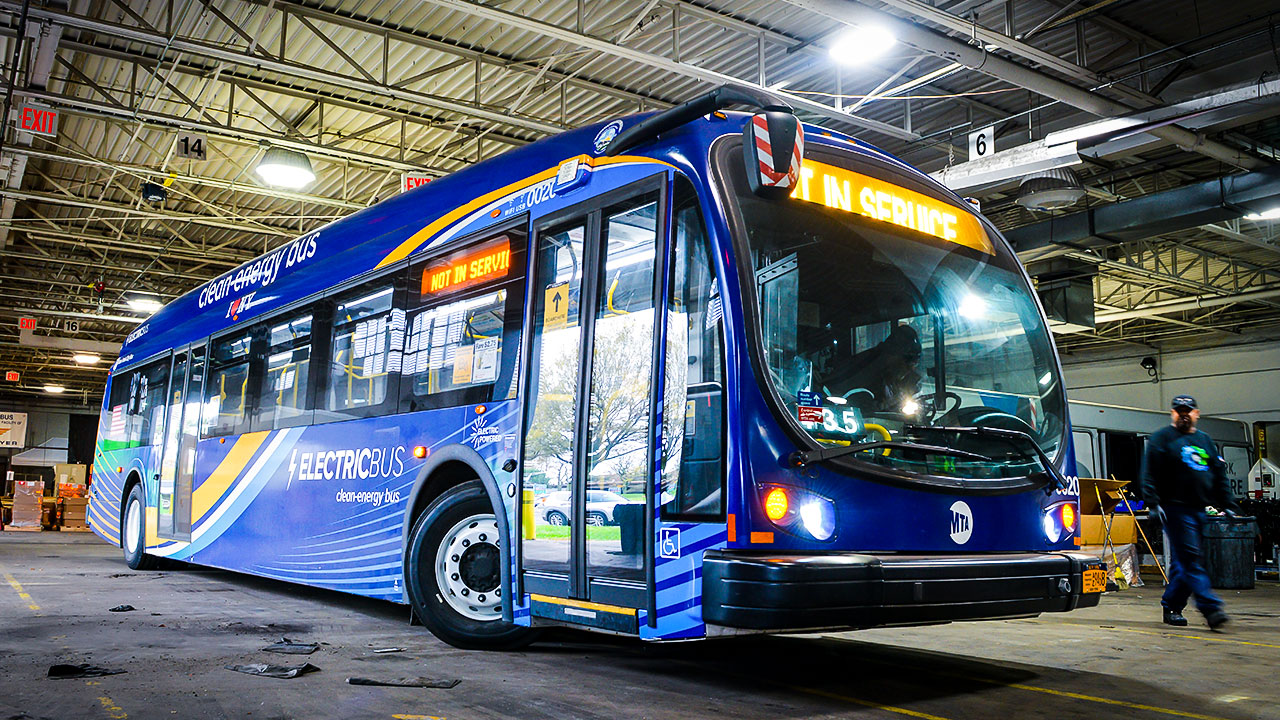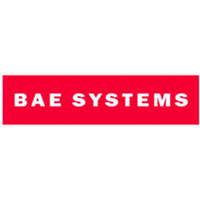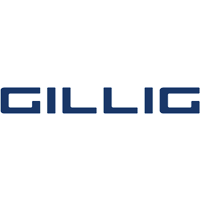Bus fleet electrification from Northeastern Bus Rebuilders is definitely here to stay, so commercial fleet vehicle companies, and local governments with fleets are now interested how to leave behind a smaller carbon footprint.
Electric vehicles are the wave of the future, especially since more and more countries are trying to find more sustainable ways to operate various vehicles. Even in the commercial transportation industry, the transition to electric vehicles is inevitable, so it’s no surprise that commercial and bus fleet electrification is something a lot of companies are switching to. Even now, fleet operators will likely find that they have no choice but to switch to this type of power considering how widespread it’s becoming.
Option 1: Bus Fleet Electrification with Hybrid Drivetrains
There are three main ways the electrification of commercial vehicles is currently being handled: hybrid drivetrains, all-electric vehicles, and hydrogen-powered heavy-duty trucks. All three have pros and cons, but we’ll talk about hybrids first. With the hybrid modules, also called P2 hybrid modules, automated manual transmissions and planetary automatic transmissions are usually used.
There is an additional clutch for power-shifting and launching in a dual-clutch transmission and the C0 disconnection clutch, which means three clutches and the electric motor have to be placed on the input side of the transmission. Hybrids require meticulous integration of e-drive components with conventional powertrains through our professional bus repair services, not to mention modifications to that powertrain.
For OEMs, hybrid trucks are a practical approach, even though the choice of developing either a modular or dedicated hybrid transmission must be considered. Cost is also a big factor, but when you consider that bus fleet electrification is going to be a requirement in the future, this is but one consideration you need to consider when choosing this type of electric vehicle.
Option 2: The All-Electric Vehicle
All-electric driving is a good choice if you want to make the most of electric motors and batteries. It does involve some challenges to integrate electric components into conventional powertrains, but the challenges are not insurmountable. Some all-electric vehicles drive at lower speeds than gas-powered vehicles, but the speeds are improving with the many advances now on the market.
If you are using an electric vehicle for agricultural applications, you should be able to simply replace a conventional powertrain with an electric drivetrain, but you have other options as well. Naturally, the different functions of the vehicle might have different stats and numbers when the vehicle is all-electric, but once you get used to driving an EV, including a bus, these differences should be barely noticeable.
Option 3: Hydrogen Fuel Cells
Some companies, including BAE Systems and Toyota, have used hydrogen fuel cells as another way to create emission-free commercial vehicles, making bus fleet electrification goals a lot easier to meet. In fact, when it comes to the future of transportation, hybrids and all-electric vehicles are not the only way to go. Toyota has already created a vehicle using hydrogen fuel cells, and it produces 670 HP and 1,375 pound-feet of torque.
Currently, Toyota has made it possible to use hydrogen fuel cells for mid- to long-range applications, with more opportunities likely resulting in the future. When it comes to using hydrogen fuel cells instead of EVs and hybrids, you can expect for this to be one of your options when you want a more sustainable bus or another commercial vehicle.
“Some companies have used hydrogen fuel cells as another way to create emission-free commercial vehicles, making bus fleet electrification goals a lot easier to meet.”
Cost Versus Benefits
So, what are the main challenges when it comes to sustainable vehicles and commercial and bus fleet electrification? Hybrids and all-electric vehicles naturally have numerous advantages when it comes to helping the environment, but because regulations are changing to demand the reduction of emissions or the omission of diesel engines, it’s a good thing that various companies are working hard to improve the capabilities of their full or partial electric vehicles.
Costs, however, are still a main concern, and for full electrification of vehicles to take place, the cost of developing and operating these vehicles will have to come down. The break-even point is different depending on the type of vehicle you’re looking at. Keep in mind that EVs usually have lower maintenance costs when serviced by our expert bus repair specialists and low charging costs, so it’s easy to see how electric vehicles could easily become more efficient and more cost-effective than gas-powered vehicles, especially if they continue to improve as they are now.
Conclusion
Several companies besides BAE Systems & Toyota are now working on practical solutions to the emissions problem, and our comprehensive fleet services help implement these technologies including solutions from AVL, Robert Bosch LLC, and Punch Powertrain N.V., among others. They’re working on powertrains and other components, as well as the vehicles themselves so that one day we will have a ton of EVs to choose from so that our world is a lot more eco-friendly than it is now. If you research these companies, you can easily discover all of the amazing things they’re doing.
Bus fleet electrification through our electric bus specialists is definitely here to stay, so commercial fleet vehicle companies interested in leaving behind a smaller carbon footprint do have some options. These are also options that are continuously being improved upon. Even though there are still important aspects that need to be worked out, each day the world comes a little closer to having commercial fleets that consist of electric vehicles of all types and sizes.













